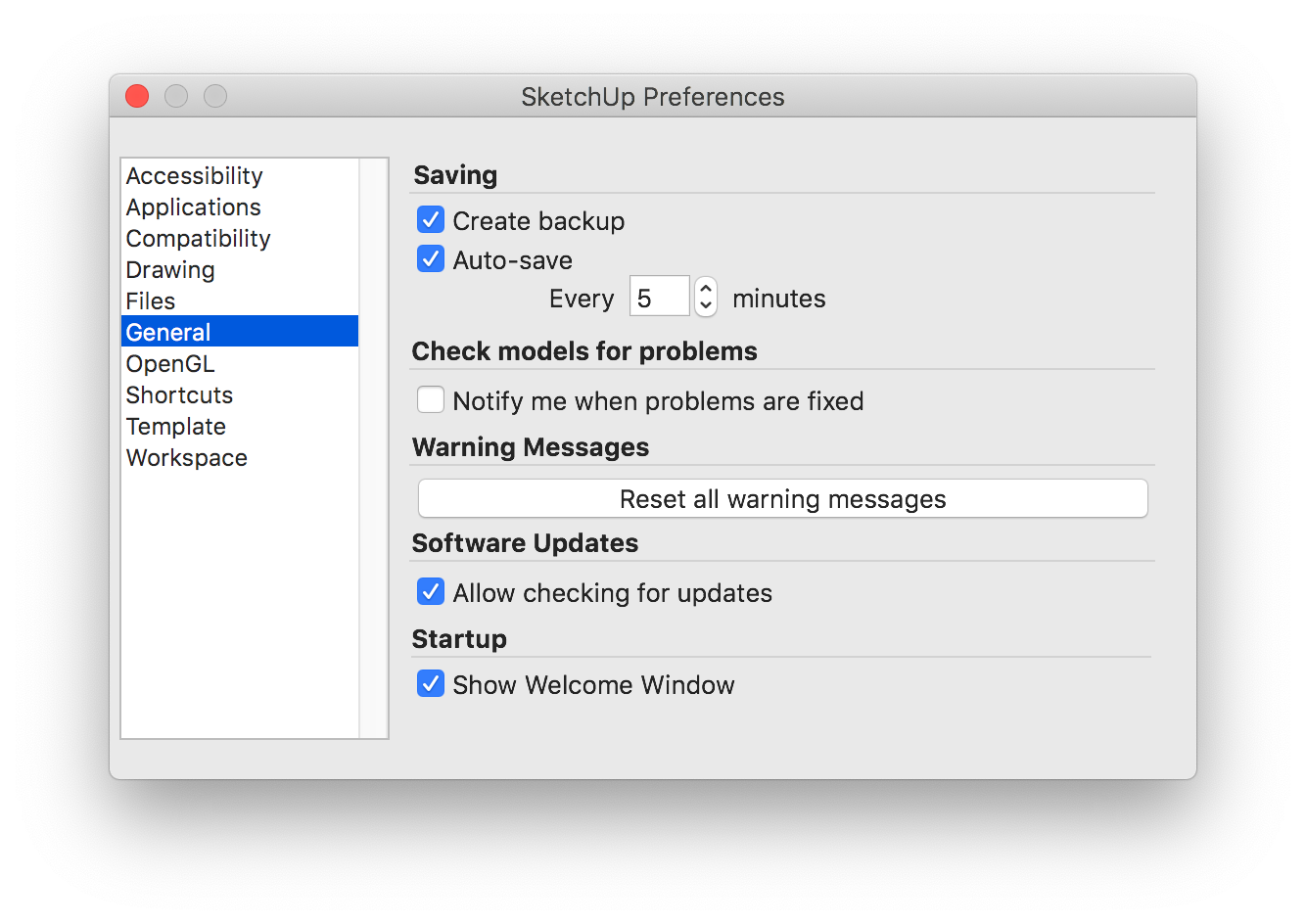

You’ll get a dialogue asking to give a name. Then click on Plugins->expCams2Blender->export individual cameras.You should get something like scene.sc (or whatever you’ve named it) Click on Plugins->sunflow exporter->export model. In Sketchup, make sure your 'Page" (camera) is properly setup and updated.Copy this, along with the sketchup2blender script to the Sketchup plugins directory.)
#SKETCHUP 17 WON OPEN FILE DOWNLOAD#
(Before you start: Please download the sketchup2sunflow ruby script (whatever it’s called) script from the sunflow site. I’ll start with the Blender way first (assuming that you want to use all of Blender’s nodes, and other advantages: Sorry for the delay–I had a bit of diarrhoea yesterday (. (Make sure that you choose ‘meters’ in options) (3) In Blender add a constraint (track to) to the camera–choose the empty as the object to track) (4) click on the camera and empty in turn, and (laboriously) replace the coordinates with the indigo-plugin-exported coordinates…I hope this is not too convoluted. Yet another alt would be to (1) export indigo file (2) export cameras using the expcam2Blender plugin. This of course assumes that you are not rendering using Blender’s renderer. Unfortunately all coordinates are 0, and the camera isn’t tracked to the empty.Īnother alternative: export to Indigo or Kerkythea or Sunflow, using plugins available from the their sites append the objects exported by Blender in OBJ format (in Kerkythea, it’s very simple otherwise just replace Blender’s exported cam by the sketchup plugin). Press Alt+P and you have two objects: a camera, and a corresponding camera(empty). It creates a camera file in your selected folder, which you have to open with the Blender Text Editor. Well, actually it does – but it doesn’t really work.


 0 kommentar(er)
0 kommentar(er)
